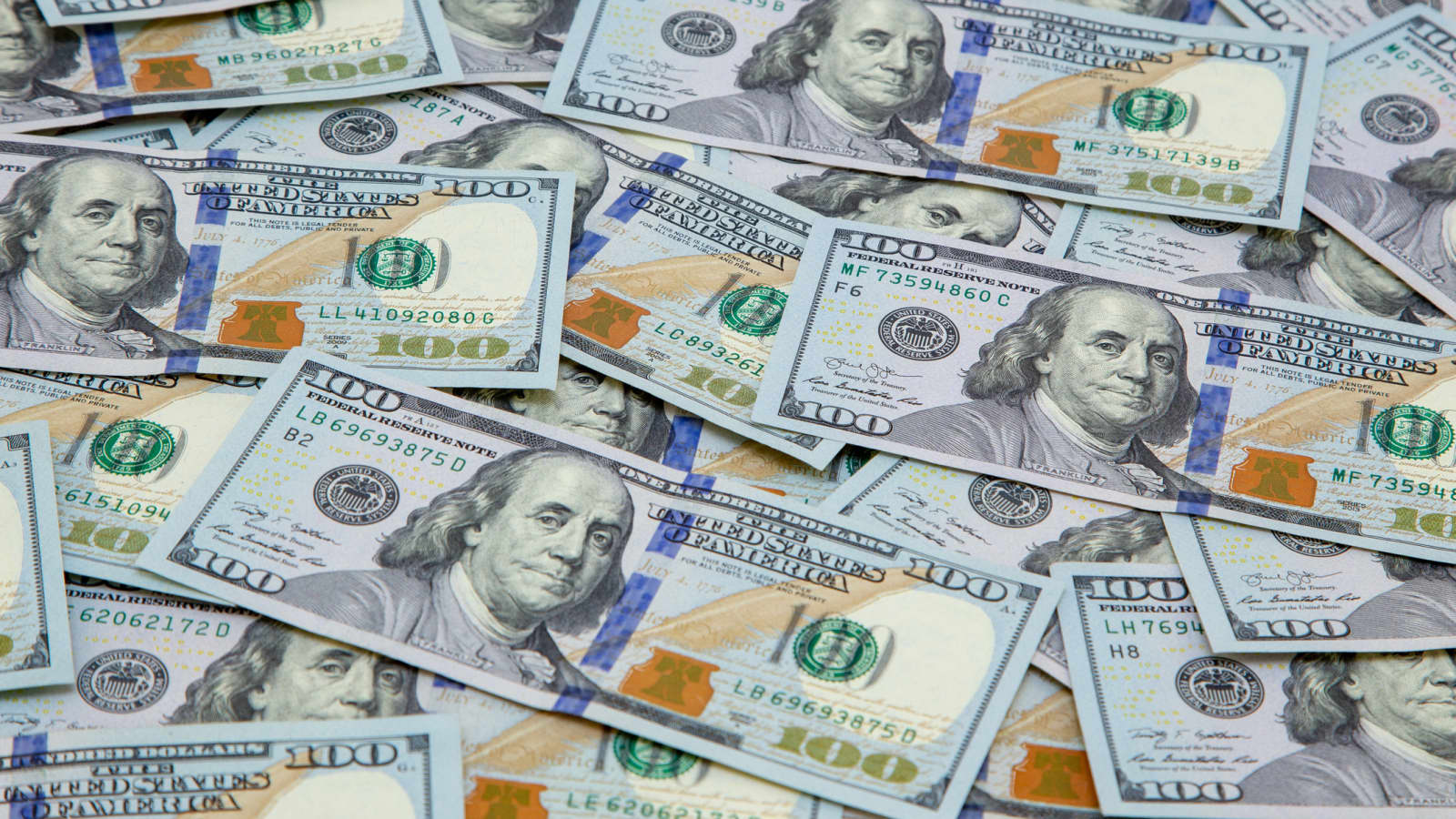Forex
The dollar is getting weaker before data on possible increases in unemployment in the U.S.

The dollar is getting weaker against other major world currencies Friday afternoon, which could be affected by forecasts about the U.S. labor market, according to trading data.
The dollar is getting cheaper again – what’s going on?
The euro is rising to $0.9793 against the dollar from the previous close of $0.9751, while the dollar-yen exchange rate is down to 147.74 yen from 148.27 yen. And the dollar index (the exchange rate against a basket of currencies from six U.S. trading partners) is down 0.43%, to 112.44 points.
Currency investors are waiting for U.S. labor market data on Friday. Analysts believe the unemployment rate in October rose to 3.6% from the September level of 3.5%. Non-farm payrolls are also expected to rise by 200,000 jobs in the country’s economy.
Among other things, in case the unemployment rate rises, it might prompt the US Federal Reserve to loosen its monetary policy a bit, which would have a negative impact on the national currency.
Earlier we reported that Gold is getting cheaper on the U.S. Federal Reserve’s interest rate hike.

 Forex3 years ago
Forex3 years agoForex Today: the dollar is gaining strength amid gloomy sentiment at the start of the Fed’s week

 Forex3 years ago
Forex3 years agoUnbiased review of Pocket Option broker

 Forex3 years ago
Forex3 years agoDollar to pound sterling exchange rate today: Pound plummeted to its lowest since 1985

 Forex3 years ago
Forex3 years agoHow is the Australian dollar doing today?

 Cryptocurrency3 years ago
Cryptocurrency3 years agoWhat happened in the crypto market – current events today

 World3 years ago
World3 years agoWhy are modern video games an art form?

 Commodities3 years ago
Commodities3 years agoCopper continues to fall in price on expectations of lower demand in China

 Economy3 years ago
Economy3 years agoCrude oil tankers double in price due to EU anti-Russian sanctions






























